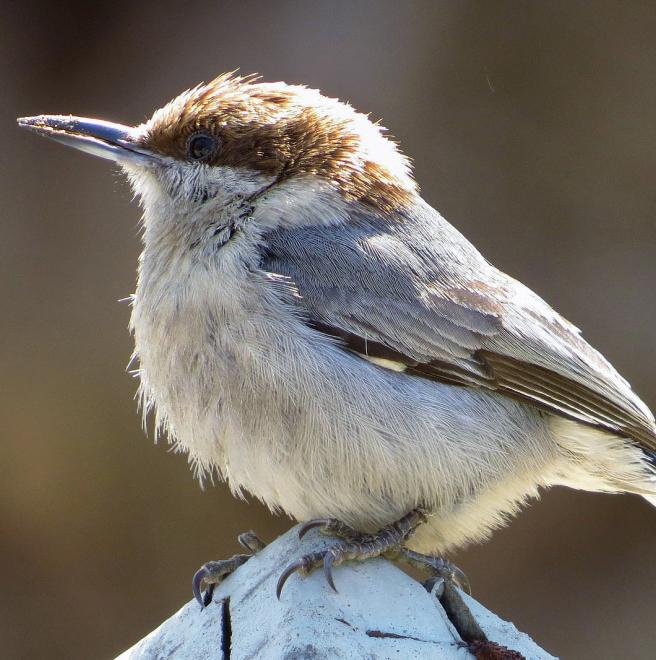

These animated nuthatches roam about in small flocks in longleaf pine forests—a habitat at risk even without the threat of climate change. Audubon's climate model for this species highlights one of the biggest challenges for anticipating the effects of climate change, namely, the decoupling of summer and winter ranges. The Brown-headed Nuthatch is non-migratory, adapted for yearlong residence in its favored habitat. But the model shows divergent climate trajectories, with a substantial increase of suitable climate space in winter and a near-collapse of such climate space in summer. Unfortunately, any gains in winter survivorship will be wiped out by sharp summertime losses in productivity.
Explore more birds threatened by climate change around the country.





















It's easier than you think to make a difference. Become an Audubon member today to help birds facing climate change.